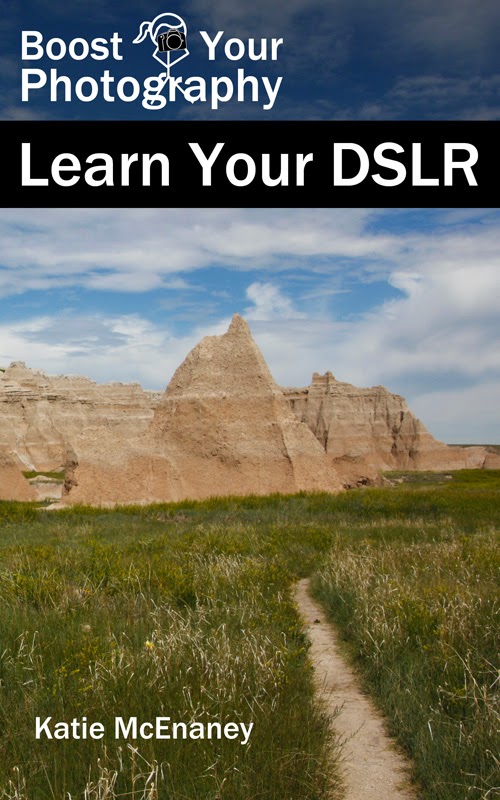
Traffic mild trails are an endless source of photographic concept. You can seize tremendous colors and patterns, beyond what you may see and expect with simply your eyes.
Equipment and Settings for Photographing Traffic Light Trails
You can capture traffic trails with a point-and-shoot camera, but you will have more options for settings with a DSLR camera. Whichever camera you choose, you will also need a sturdy tripod and a remote shutter release. A tripod is necessary to hold your camera steady during longer exposures, and the remote will minimize any shake to the camera from the shutter. (For more details, read How to Maximize Your Tripod, GorillaPod Tripod Review, and Easy Camera Upgrade: Remote Shutter Release.)To capture traffic trails, you will need to apply an extended shutter velocity. I propose capturing in either shutter precedence mode (S for Nikon or Tv for Canon) or guide mode, with an ISO of one hundred. In shutter precedence mode, dial in a speed of 15" or 30" (" suggests seconds) to start, and the camera will select an aperture.
 |
| ISO 100, 30-seconds, at f/14 |
If you're shooting in guide, you may select both the shutter and the aperture. If you are shooting in brighter or twilight conditions, you'll possibly want a narrow aperture like f/22. As the night time receives darker, a much wider aperture like f/eight or f/five.6 also can paintings nicely. You may additionally want a few take a look at photographs to find a mixture that works quality to your lighting conditions.
Focusing may be hard whilst shooting traffic trails, as your problem (automobiles) is moving, and you're regularly shooting in low mild situations. Find something else to your picture that is within the same focal plane as your difficulty. (In the image above, I used the mild pole.) After your digicam has targeted in your alternative, transfer your lens into manual cognizance. Now your focal distance is set, and you can start taking pictures.
Composition for Traffic Light Trails
You need to think about the non-traffic portion of your image, as well as how you want the traffic trails to interact with the rest of the photograph. A higher vantage point (like the bridge used for the opening image) allows you to capture a longer expanse of trails. Natural higher vantage points (like the hill, below) can also add depth to your photograph, as the light trails recede into the distance. |
| ISO one hundred, 20-seconds, f/25 |
On the opposite hand, getting into towards your problem can add detail to your scene. This shot below is taken of the same intersection because the shot above, however I positioned the tripod a whole lot closer (simply in the front of the transient creation sign seen above).
 |
| ISO 100, 15-seconds, f/25 |
The lengthy shutter velocity (15 seconds) in the image above allowed me to seize both the red and green mild. The vehicles were nonetheless for the second half of the exposure, which made them fairly visible within the final photo. The oncoming automobiles and cars turning thru the intersection, however, were in constant motion and consequently appear to have disappeared.
 |
| ISO 100, 30-seconds, f/5.6 |
You also can use visitors trails to create extra abstract pictures by using omitting the street and its context. Here, the crescent moon (barely blurred from the lengthy publicity) is given an unusual putting with the passing lights of the dual carriageway traffic.
Getting down low and shooting up can genuinely enhance the dimensions and look of traffic trails for your snap shots. From down low, you may set an attitude such that the traffic trails seem to tower over the complete of your composition. This works mainly nicely if you could installation at a location that has buses or trucks which have lighting better up than your common car.
 |
| ISO one hundred, 30-seconds, f/22 |
For the image above, I set my tripod on its lowest putting and aimed upward. This allowed me to capture light trails throughout the whole of the picture. (The top path is from a passing bus.) The row of lit bushes provides any other layer of the interest to the final photograph.
Traffic trails are not just confined to middle of the night, either. Dim or darker situations can can help you nonetheless use an extended shutter speed. The photo underneath become shot on a drizzly, foggy morning. The automobile was visiting pretty slowly on the curves, so I waited till it could just entered the frame. The brighter dips within the site visitors trail are the effects of the car hitting and bouncing over a pothole in the road.
 |
| ISO one hundred, 25-seconds, f/14 |
Summary: Shooting Traffic Light Trails
Traffic might be an annoyance when you are trying to get somewhere else, but it can be great for photography! Next time you are stuck in traffic, look around. You might find a great vantage point to come back to and capture some amazing shots!
Boost Your Photography: Learn Your DSLR is now available from Amazon. Get the most from your digicam with sensible recommendation approximately the technical and creative elements of DSLR pictures with a purpose to have you taking lovely photos right away.
No comments:
Post a Comment